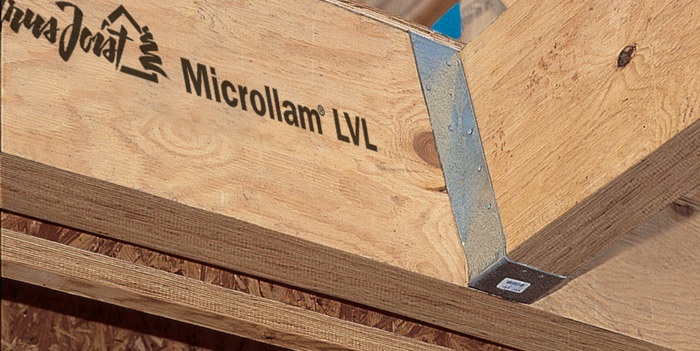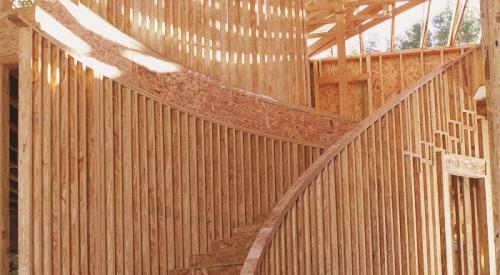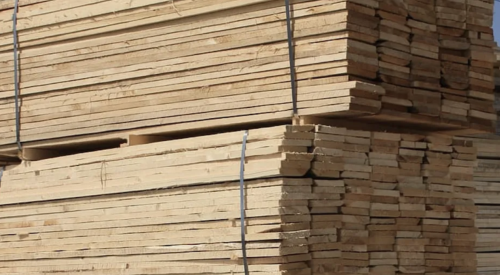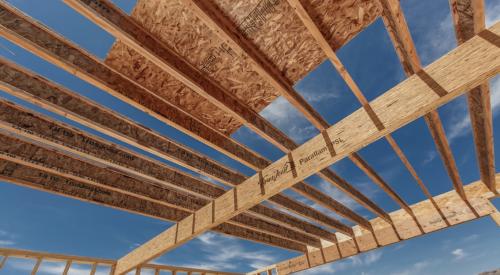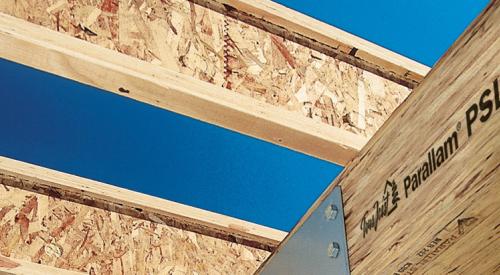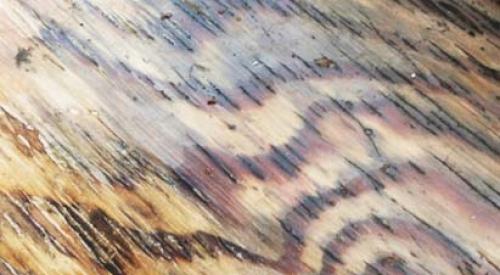The median size of a new, single-family home in 2015 was 2,520 square feet—the largest ever, the Census Bureau has reported. As houses get bigger, of course, so do their roofs.
That has increased the demand for larger pieces of lumber, yet it’s difficult to find lengths greater than 20 feet. It’s even harder to find lumber that long that is straight.
For a large roof, straight is critical: For hips, valleys and ridges, builders need straight, long lines and long, deep pieces to frame into.
The solution to both the lack of supply and the requirement for “straight” is laminated veneer or strand lumber, which comes in extra-long lengths, is straight by design and is readily available.
Three examples of engineered lumber that suits extra-large roofs are TimberStrand® LSL, Microllam® LVL beams and headers, and TJI® Joists from Weyerhaeuser. All of those products are designed to be straight.
Engineered wood can solve installation problems and prevent callbacks for a number of ceiling and roof applications, including flat roofs, cathedral roofs and ceilings that support living space on the attic level of a home or garage.
1. Flat roofs. A roof of any size that’s designed to be flat can sag if the lumber that supports it isn’t straight or stiff enough. So it makes sense to spec engineered lumber, which remains straight throughout its life with consistent mechanical properties.
Engineered wood is available in longer depths and lengths than solid-sawn lumber. For long spans, a deeper, stronger product often will outperform traditional wood. TimberStrand® LSL, for example, comes in depths up to 16 inches; TJI® Joists are available in 20-inch depths.
While flat roofs are among the oldest styles and the simplest to install, they are emerging as a top choice of residential architects looking for a sleek, modern look, especially for multi-family buildings.
2. Cathedral roofs and ceilings. A homeowner who is paying for a dramatic, cathedral ceiling over a great room or staircase is unlikely to tolerate unsightly waviness in the sheet rock on this focal point of the home.
That issue, of course, is the result of long-span framing materials that are not straight.
TimberStrand® LSL is both long and straight. So are other engineered products needed for vaulted or cathedral ceiling construction, like Microllam® LVL ridge beams and TJI® Joists.
3. Bonus rooms. Even in large houses, homeowners increasingly are adding livable space by converting the attics of their homes and garages into bonus or game rooms. For those rooms, the strength of the framing material is especially important because the floor joists often support the roof load as well.
For bonus rooms, which often span the length of a garage, TJI Joists prevent the problems with warping, twisting and shrinking that can occur when solid-sawn lumber is used.
Did you miss the first two parts of this series? Read part one and part two now.
